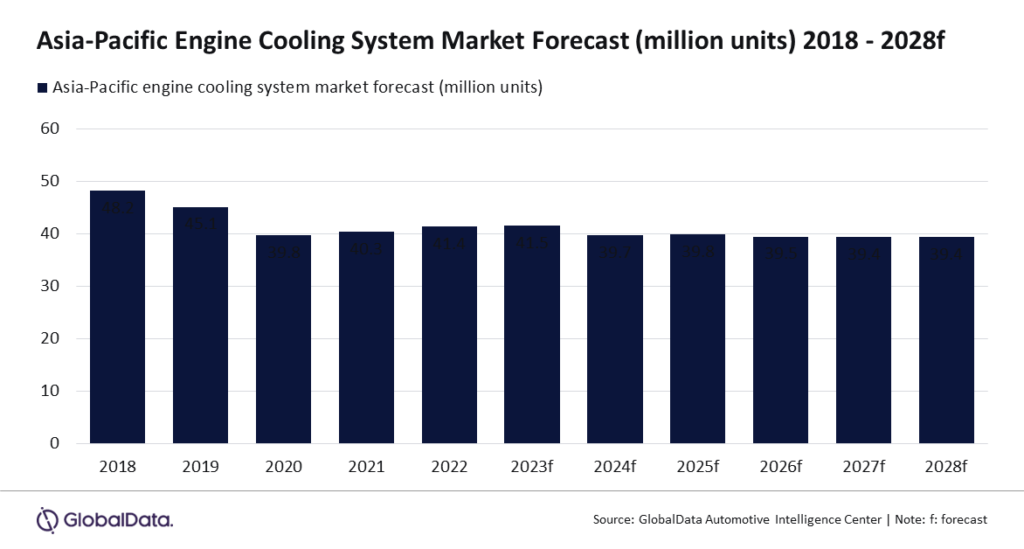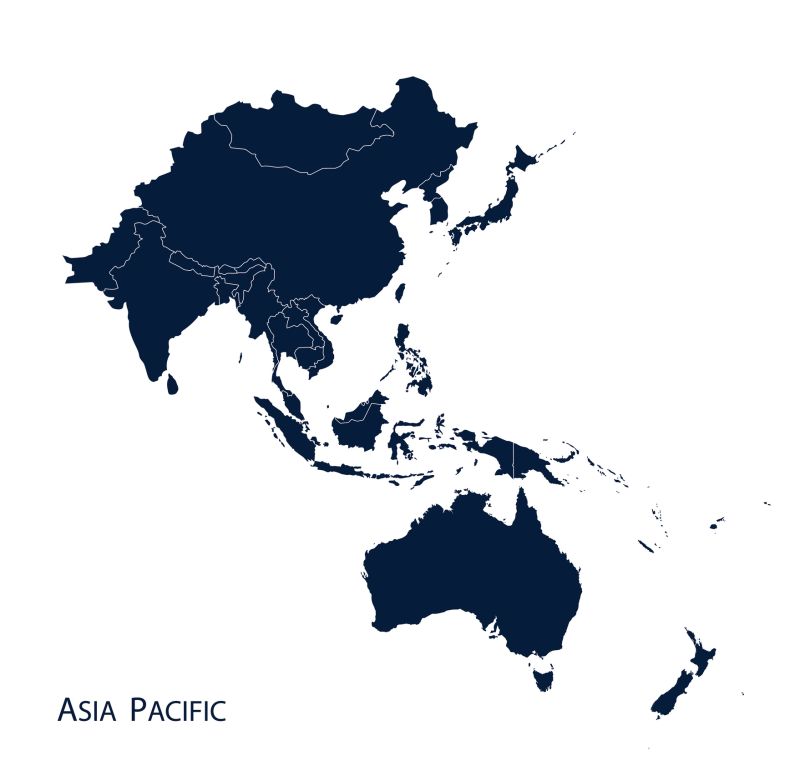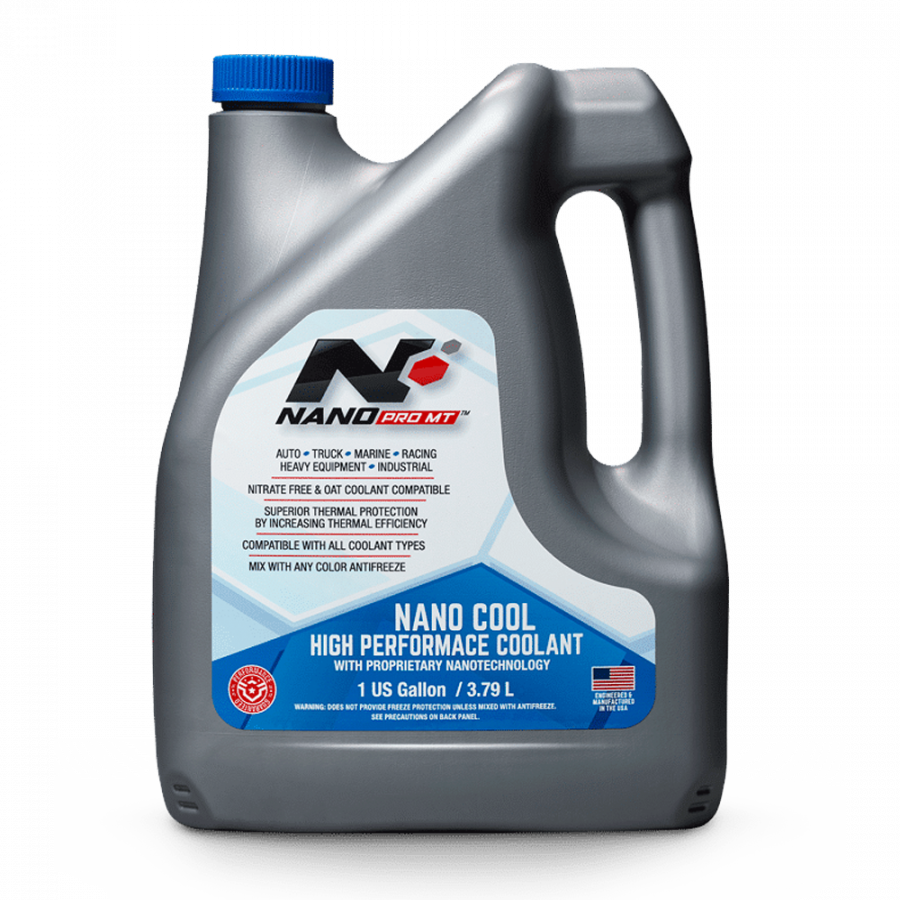State of the engine cooling systems market in Asia Pacific
- PostedPublished 9 February 2024
The Asia-Pacific (APAC) region, home to the largest and fastest-growing global automotive industry, is experiencing shifts in its engine cooling systems market, as revealed in a report titled “Global Sector Overview & Forecast: Engine Cooling Systems” by GlobalData, a leading data and analytics firm.

According to the report, there is a projected decline in the compound annual growth rate (CAGR) of -1.0% from 2023 to 2028. This decrease indicates a gradual reduction in the number of units, going from 41.5 million in 2023 to 39.4 million in 2028.
These developments are being attributed to several factors, one of which is the rising popularity of electric vehicles in the region.
This shift, combined with the ongoing trend towards smaller combustion engines commonly used in hybrid powertrain systems along with more advanced coolants, is expected to significantly impact the market in the foreseeable future, leading to a decrease in the requirements for traditional engine cooling components such as radiators.
Simultaneously, advancements in engine technology are necessitating the need for more advanced thermal management.

GlobalData Automotive Analyst Madhuchhanda Palit explains: “Automakers increasingly embrace advanced technologies such as turbochargers and direct injection to enhance engine performance, requiring more sophisticated engine cooling systems. This has led to a growing demand for advanced solutions such as liquid cooling in the region.”
Increasing urbanisation in the APAC region is intensifying stop-and-go traffic, which puts extra strain on engine cooling requirements while negatively impacting fuel efficiency.
To address this issue, manufacturers are exploring alternative methods for temperature regulation. Two promising techniques gaining traction are thermoelectric cooling and direct liquid immersion.
Thermoelectric cooling involves using an electric current to create a temperature difference and efficiently cool devices. Direct liquid immersion, on the other hand, submerges components in a liquid to improve heat dissipation. These methods offer the potential for improved efficiency and open up exciting design possibilities for auto manufacturers.
Ms Palit also highlights that “researchers are exploring the use of nano-liquids as coolants in cooling systems, leveraging the thermal transfer properties of metal particles to potentially enhance the efficiency of both current and future cooling systems”.
“Furthermore, there is a concerted focus on integrating phase change materials into cooling and air handling systems, intending to achieve improved efficiency in upcoming vehicle models.”
By incorporating advanced technologies like nano-liquids, which improve thermal conductivity, and phase-change materials, which store and release thermal energy as needed during phase transitions, engine cooling systems can achieve the two-fold advantages of maintaining stable temperatures while reducing reliance on traditional components.

Palit concludes, “As the basic engine cooling systems have transformed into sophisticated setups with numerous additional components, engine coolant is expected to play a crucial role in thermal management by not only extracting heat but also effectively conveying it.
The focus of product development in this context will be on applications with heightened requirements. However, the developments in the automotive industry, including the emergence of hybrids and EVs, are expected to limit the growth potential of the sector.”
- CategoriesIn SightGlass
- Tagscooling, SightGlass News Issue 32


